Parkour and Post-Apocalypse: An In-Depth Look at Dying Light 2
- Jun 17, 2024
- 975
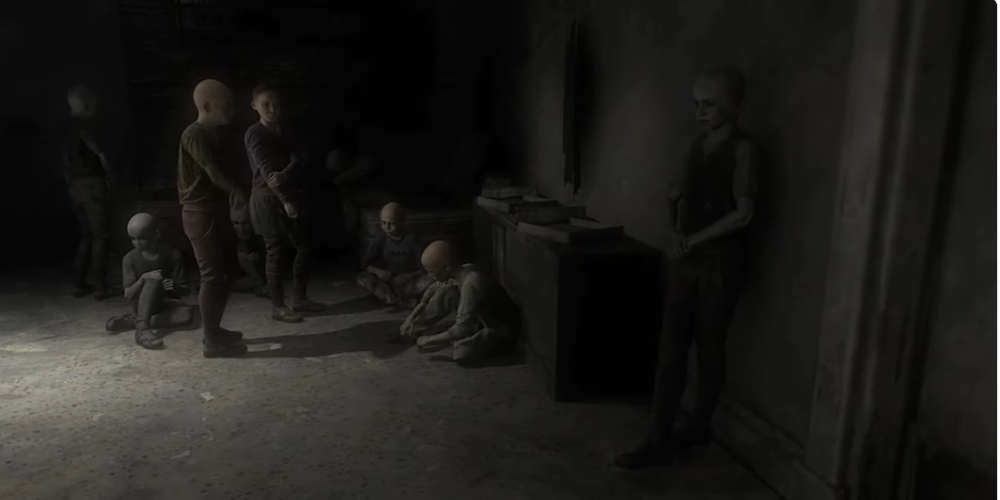
Dying Light 2 is a gripping fusion of survival horror and parkour mechanics set in a sprawling post-apocalyptic city. The game takes an innovative approach to meld these genres, providing players with a unique experience. This article will dissect the integral elements of Dying Light 2, focusing on its parkour mechanics, open-world environment, combat system, and player choices.
Parkour Mechanics
The parkour mechanics of Dying Light 2 set it apart from the typical survival-horror game. The game allows players to traverse the cityscape with agility and style, using the environment creatively to evade or combat enemies. Players can leap across rooftops, sprint along walls, and make daring jumps to bypass obstacles and navigate the vertical cityscape. The sheer versatility offered by parkour mechanics adds an immersive experience unlikely to be found in other games of this genre.
Open-world Environment
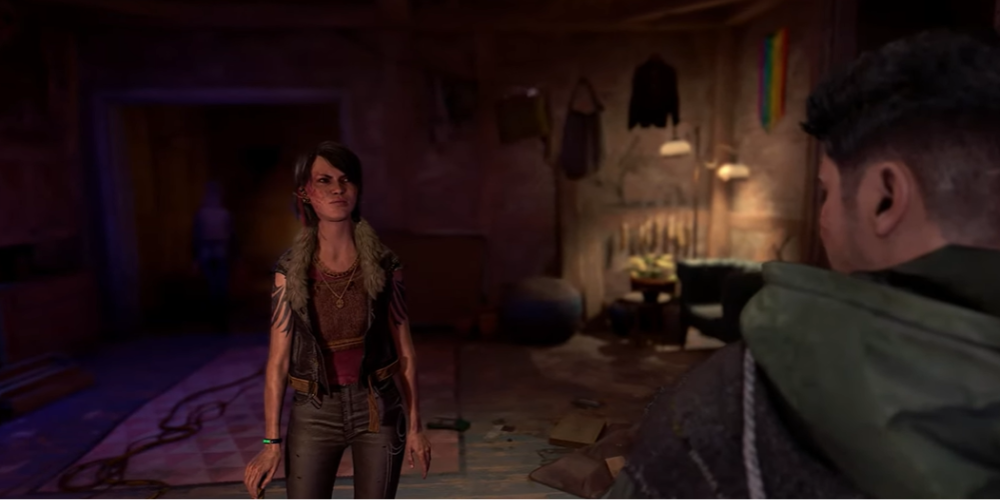
Dying Light 2 presents a sprawling open-world environment brimming with possibilities. The post-apocalyptic city in the game can be freely explored by players, revealing a wealth of secrets and opportunities for engagement. The ability to traverse the city in non-linear ways opens up many strategic options for players. The environment features various districts with unique characteristics, challenges, and non-playable characters (NPCs). Exploring different parts of the city leads to uncovering the game world’s many layers and enjoying an immersive gaming experience.
Combat System
Integration of Parkour and Combat
The battle framework of Dying Light 2 dazzles with its smooth fusion with the game's free-running techniques. This design allows players to utilize the environmental elements creatively during the fights. Whether it's a high-speed chase across rooftops or a thrillingly dangerous encounter in narrow alleyways, players can employ their parkour skills to gain an upper hand. This deft incorporation adds a dynamic feel to the fights and demands quick reflexes and swift decision-making from the players.
Armament and Enemies
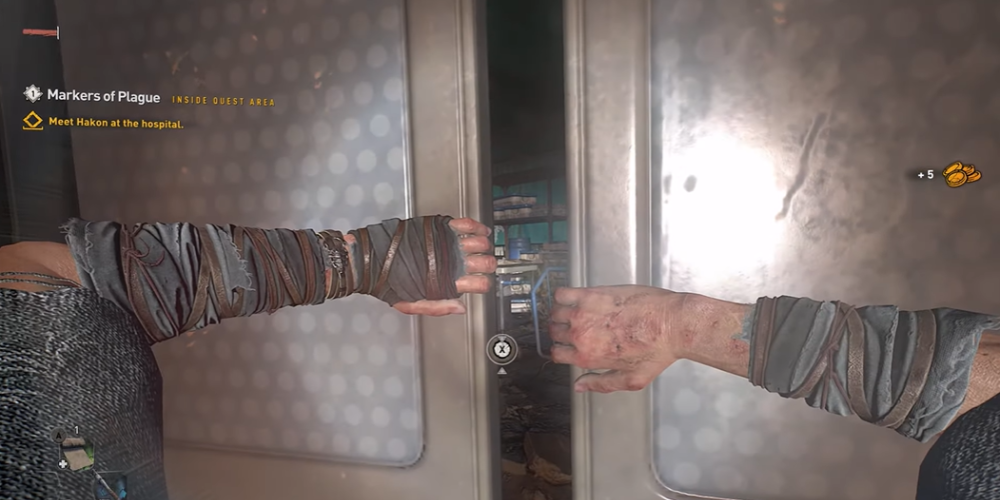
Another compelling aspect is the range of weaponry the game equips the player with. From melee weapons like hammers and axes to marksmen weapons such as crossbows, players can use an array of tools to tackle their foes. These opponents are not just your regular adversaries. They range from fellow desperate humans to horrifying and ferocious creatures that have evolved to survive in this post-apocalyptic world. Each opponent requires a different strategy, and the wide range of weapons allows room for tactical variety and experimentation.
Player Autonomy in Combat
Lastly, Dying Light 2 places a significant amount of autonomy in the hands of its players when it comes to combat. The system is designed around different attack types, each tailored for various situations and challenges. Powerful blows can be dealt to take down stronger opponents quickly, while swift jabs and strikes can keep faster foes at bay. Moreover, defensive moves like dodges and blocks add depth to the combat, making it more tactical and strategic. Environmental elements also play a crucial role in the fights. Participants have the ability to maximize their environmental advantage, from creating diversions to devising deadly traps for the opponents tailing them. This high degree of control ensures that every fight is uniquely engaging and intense.
Player Choices and Consequences
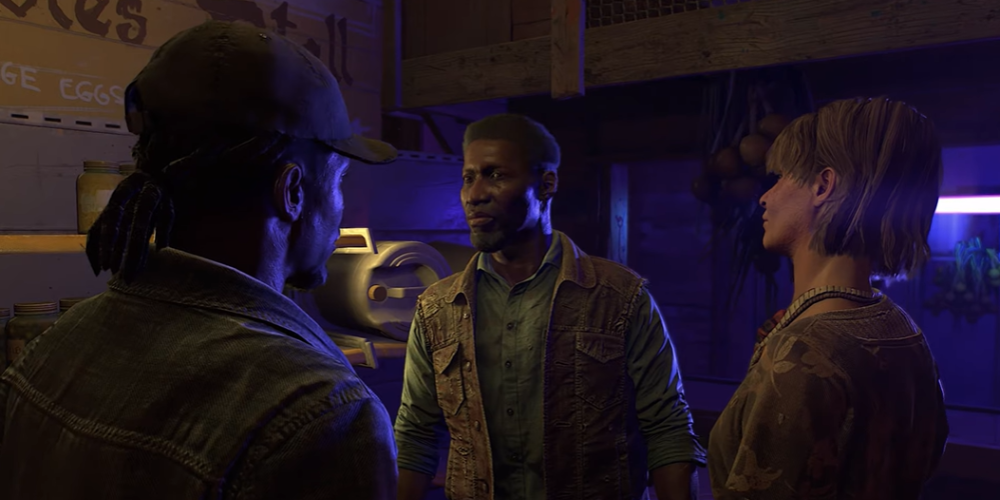
The Role of Player Choices
One of the critical aspects that garner immense praise for Dying Light 2 is its distinct emphasis on player choices that lead to consequential gameplay. As players navigate their way through the ruined, dystopian cityscape, every decision they make carries weight. It’s these decisions that craft the unique narrative of the game, determining the story’s trajectory based on players' actions and selections. The game assigns much responsibility to the players—what they decide can reshape the plot, opening up new avenues or closing some, enhancing the importance of player agency in the game.
The Impact on the Game World
The consequences don’t just extend to the storyline; they reflect physically in the game world. Yes, players' choices can materially modify the environment, leading to transformational city-scape changes. It could entail unlocking new areas or causing entire sections of the city to fall into disrepair depending on the players' actions. Therefore, while exploring the open-world of Dying Light 2, the player is not just a visitor but a participant influencing the world dynamically and tangibly.
Effects on Relationship with NPCs
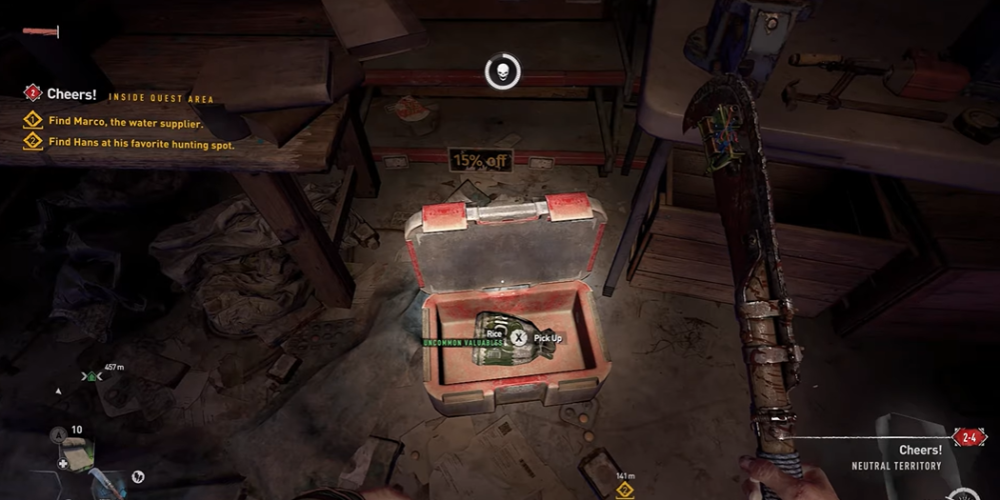
Finally, an element that adds a layer of complexity and immersive reality to the game is the effect your decisions have on the attitudes and behaviors of Non-Player Characters (NPCs). Friendships can be kindled, alliances formed or broken, and new enemies made based on the choices players make during interactions. Consequently, the sense of accountability and the dynamic NPC relationships outstretch the game, converting it into an interactive narrative that offers significant replayability and immersion value.
In concluding thoughts, Dying Light 2 manages to provide an engaging adventure where player agency is central to the evolving narrative, environment, and character dynamics, turning it into an experience that goes beyond traditional game parameters.
Conclusion
In conclusion, Dying Light 2 is an exceptional genre-blending masterpiece that balances survival horror and parkour gameplay. Its open world, intricacies in its combat system, depth of player agency, and consequential choices breathe life into the post-apocalyptic game world, offering a unique, immersive, and engaging gaming experience. Dying Light 2 demonstrates the limitless possibilities of the gaming medium, providing a refreshingly innovative and exhilarating journey through its terrifying yet intriguing post-apocalyptic setting.